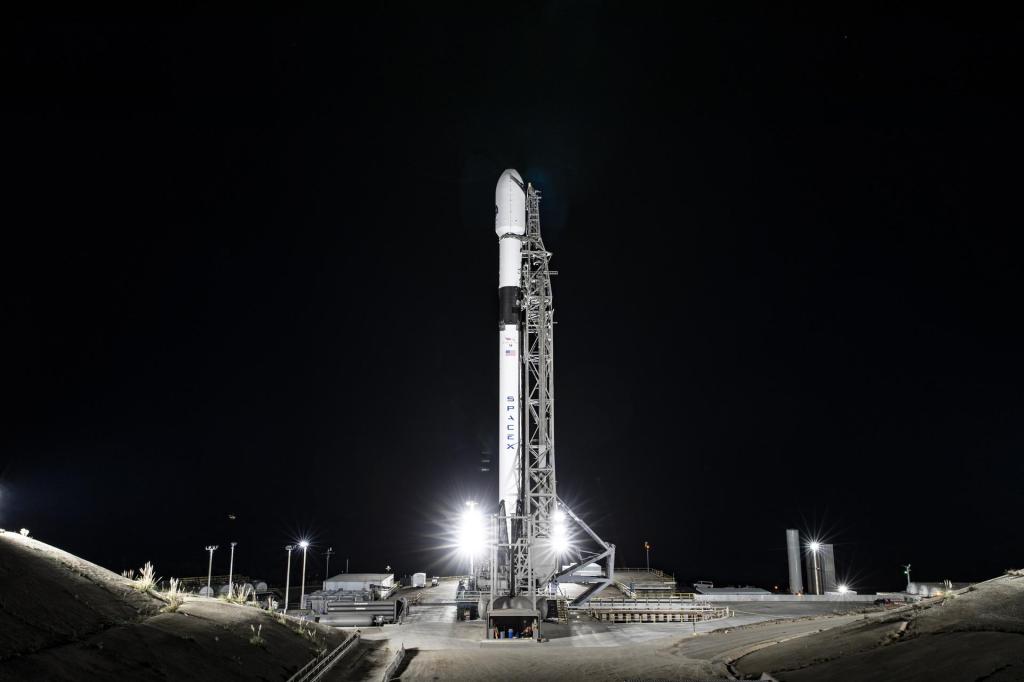What’s Up: August 2020 [Video]
| Credit | NASA/JPL-Caltech |
|---|---|
| Language |
|
› More skywatching info for current month
Transcript
What's Up for August? This month brings a bunch of opportunities to see the Moon posing with the planets, plus here come the meteors!
On August 1st, the Moon makes a lovely triangle with Jupiter and Saturn low in the southeast after sunset. The trio is visible all night, rising to its highest point in the south around 11 p.m. local time. If you miss them, there's another chance at the end of the month, on August 28th, as the Moon swings back around in its orbit to join the planetary pair.
On August 9th, Mars will appear super close to the Moon before dawn. Look toward the south, high in the sky, and you can't miss it – Mars is the bright, reddish point of light just right of the Moon. Weather permitting, this should be a beautiful sky, with the Pleiades, Orion, Aldebaran and Venus to the southeast.
On August 15th, in the hour before sunrise, look for Venus in the east, just a couple of finger widths apart from the crescent Moon. And if you take a look before the sky gets too bright, you'll see the duo surrounded that morning by a ring of bright stars.
The annual Perseid meteor shower peaks on the morning of August 12th. The last-quarter moon will interfere with visibility of most fainter Perseid meteors this year, but you'll still be able to see a few brighter ones, including the occasional "fireball." The best time to look is in the pre-dawn hours on Aug. 12, but midnight to dawn any morning the week before or after should produce a few meteors. The Perseids generally appear to radiate from a point high in the north, called the "radiant." But you need only point yourself generally toward the north and look up.
And while we're talking meteors, did you know many of these "shooting stars" come from comets? Most of the annual meteor showers we observe take place as Earth passes through trails of debris left behind by active comets orbiting the Sun, casting off little bits of dusty debris in their long tails. The Perseid meteors come from a comet called Swift-Tuttle, which orbits the Sun every 133 years.
In July, a comet that was just discovered this spring by NASA's NEOWISE mission made an appearance in our skies, wowing observers on the ground and even in space! This comet has a nearly 7,000-year orbit around the Sun, so it won't be back this way for a long time, but it's possible a meteor you see some night in the future might just be a little reminder of comet "NEOWISE."
Here are the phases of the Moon for August. You can catch up on all of NASA's missions to explore the solar system and beyond at nasa.gov. I'm Preston Dyches from NASA's Jet Propulsion Laboratory, and that's What's Up for this month.
































